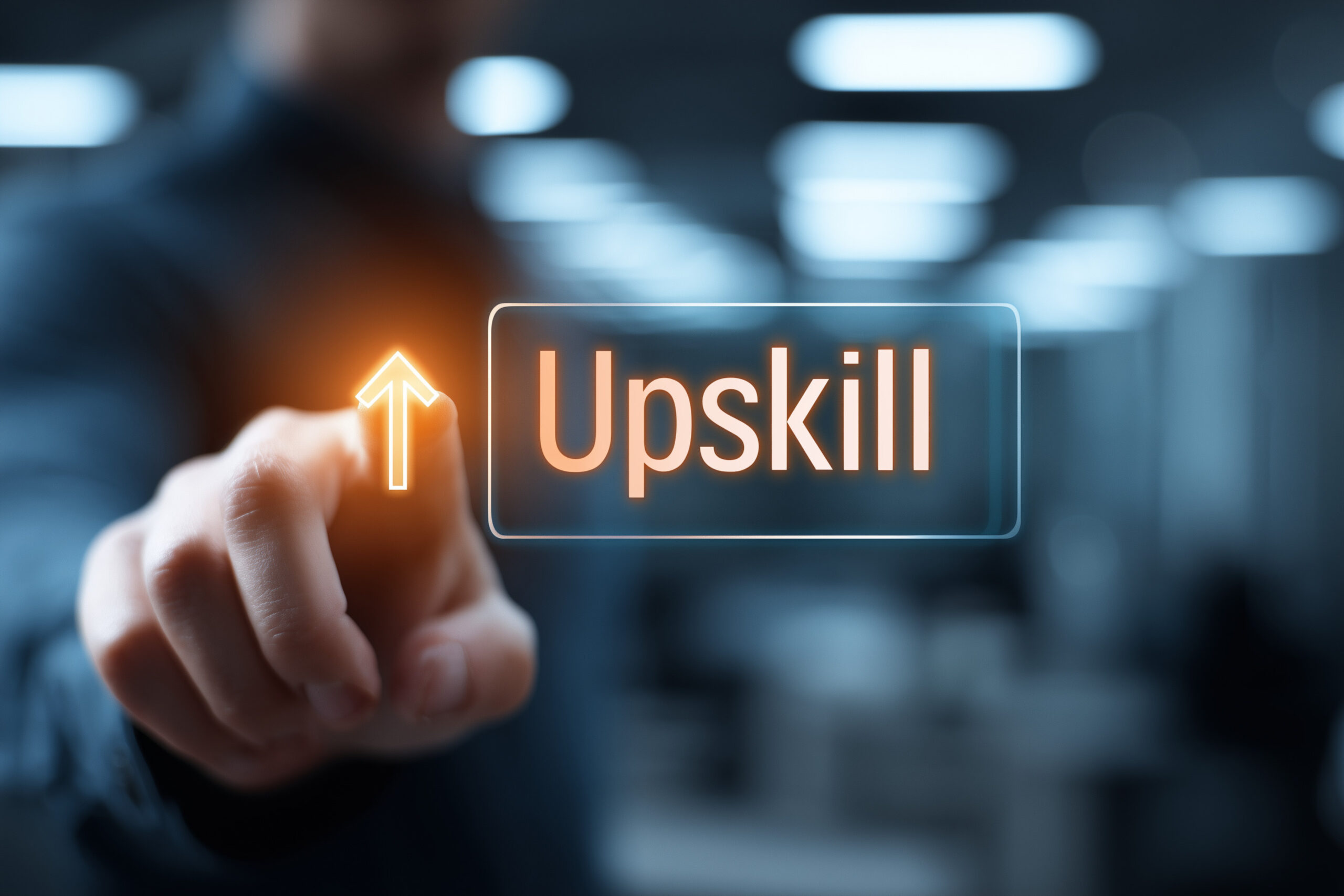The highlights of current needs and landscape in L&D through the latest research report are reported by Jonathan Owen
There is a gulf between what Learning and Development (L&D) professionals aspire to and what they actually achieve in terms of performance, according to a major new report.
The worrying gap between ambition and reality is a theme which runs throughout the latest Learning Benchmark report, ‘Unlocking Potential’, from research company Towards Maturity. For example, although 93 per cent seek to integrate learning and work, just one in seven are delivering on this.
More news
Innovate UK awards £50,000 each to 15 female entrepreneurs
IT teams work alongside the business to deliver digital transformation projects
Government needs a new digital approach, says think tank
Government must improve careers provision to combat skills gap
While 95 per cent of leaders want to be able to respond more quickly to changing business conditions, only 19 per cent are making progress. In terms of supporting innovation, 90 per cent want to play an active role but only 17 per cent claim to be doing so, it says.
The report, released last week, focuses on five key areas: improving efficiency, fine-tuning processes, boosting performance, cultivating agility and influencing culture. It highlights the superior performances of Top Deck organisations, those in the top 10 per cent of the Towards Maturity Index, as examples to follow and offers practical advice for L&D teams wanting to improve.
Exploiting the advantages offered by technology is key, with a transition to “a technology-enabled modern learning strategy” a way of achieving greater efficiency and delivering more for less, according to the report.
Specific steps need to be taken to turn the dream of modern workplace learning into a reality, states the report – which draws on data from more than 600 businesses and 4,700 learners around the world, more than one in four of whom are based in Britain.
“The performance gap is widening between those that are achieving the best results and the rest. While our top performing learning organisations are achieving greater reach, efficiency and business impact, and establishing a positive approach towards learning that is evident at every level in the organisation, too many learning and development professionals are struggling to change attitudes and engage with their various stakeholders,” it warns.
When it comes to influencing culture, through things like sharing good practice and integrating work and learning, this is achieved by barely one in seven (17 per cent) L&D professionals on average. However, this rises to 46 per cent in the case of Top Deck organisations. People should not being afraid to experiment with new technologies, as this will “help build team confidence and encourage greater collaboration,” suggests the report.
In terms of cultivating agility, including staff retention and engagement, just 20 per cent are achieving this – compared to 54 per cent of those in the Top Deck. Using new and emerging social and collaborative technologies to break down the barriers of communication is one of the suggestions made in the report to improve things in this area.
Boosting performance is achieved by 62 per cent of the Top Deck compared to just 26 per cent on average. L&D professionals looking to improve in this area should “tap into the natural motivation and habits of your learners by facilitating the use of mobile learning.”
Fine-tuning processes is achieved by 33 per cent overall – 64 per cent in the case of the Top Deck – with people advised to ensure that programmes for line managers are “the very best examples of technology-enabled learning.”
Improving efficiency, this is something which is being done by 42 per cent (77 per cent in the case of the Top Deck) and one of the suggestions made to L&D professionals is to review their current classroom training practice and consider how technology might improve engagement.
Overall, the potential of modern technologies remains largely untapped, with the vast majority of L&D teams not using virtual reality systems, intelligent tutoring systems or wearable technology.
The traditional human-led face to face form of training still dominates – accounting for more than half (56 per cent) of programmes. This compares to 22 per cent which are offered online only and 22 per cent which are a mix of face to face and online, says the report.
The cost of development, set-up and maintenance is cited by two-thirds of organisations as an obstacle to the implementation of digital learning. Other barriers include a lack of skills and knowledge amongst L&D staff, a reluctance by line managers to encourage new ways of learning, and unreliable IT systems.
Commenting on the findings, Laura Overton, founder and chief executive of Towards Maturity, told TJ: “Those who are bold enough to take action could start to see differences in the next six months to a year. For those that take no action but are just hungry for change but just think about it and dream about it and wish they could do it, it will take decades. It all comes down to whether you are willing to take action on the things that make a difference.”
She added: “This research shows that business results come to learning professionals who apply commonsense business thinking to the learning solution…if you look at some of those tactics that work, it’s just common sense and proper business thinking.”
There is no room for complacency, Overton warned. “You shouldn’t rest on your laurels. The Top Deck aren’t perfect, there’s still a way to go… there are lessons here for the Top Deck organisations as well to help them push forward.”
People need to take “one step at a time” and “focus on simple things that really make a difference,” she said.
The report highlights the need to “accelerate the spread of good practice across L&D,” Donald H Taylor, chairman, Learning and Performance Institute and TJ columnist, commented.
“What’s striking about the Towards Maturity results is the difference in performance between the top quartile and the rest. This is true across the five categories of learning outcomes, and especially so for the more sophisticated, important categories of ‘Influencing culture’ and ‘Cultivating agility’, where the gap is 17 per cent and 20 per cent respectively between the top and the next quartile,” Taylor added.
Martin Couzins, founder of LearnPatch, described the report as a “wake-up call for the industry when it comes to skills” and said: “What are professional institutes, organisations and L&D professionals themselves doing to develop the skills needed to help drive innovation and productivity? Not enough, according to this research.”
Watch Towards Maturity’s Laura Overton in the TJ webinar about developing L&D talent



